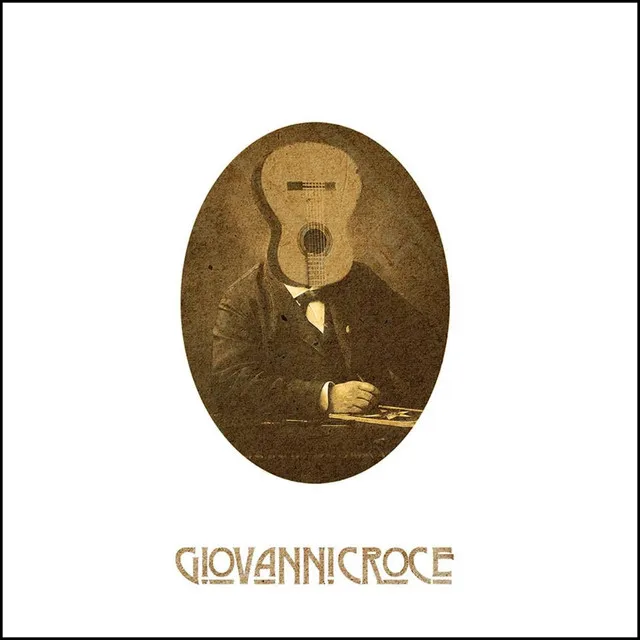
Il teatro Onirico
Vaudeville Suite
- 08.11.2019
- 3.4K Streams
- 2 min 14 sec

A mediocre singer and choir director, a priest without a parish, a composer out of touch with the trends of his time--Giovanni Croce seems a prime candidate for benign neglect. Yet his vocal music, if hardly progressive, is well crafted and nicely accommodating to amateur singers; Croce was a tremendous if long-distance influence on English madrigalist Thomas Morley, and his works found favor not only in the Europe of his own time but during periodic madrigal revivals in the ensuing centuries. Croce became a member of the choir of San Marco in Venice when he was a boy. Surely he had an early encounter with the music of Andrea Gabrieli, which he imitated in his own music for the rest of his life. He had taken orders by 1585, but seems not to have actually served as a parish priest. Instead, in the 1590s he acted as vicemaestro di cappella at San Marco, and supervised vocal instruction at the church's seminary. After some conniving and infighting, Croce ascended to the position of maestro upon his predecessor's death in 1603. Croce himself died six years later. His health wasn't the only thing to decline during his tenure; so did the choir. Whatever his shortcomings as a choir director, Croce found greater success as a composer. His work in the canzonetta and madrigal comedy forms were especially popular; they followed the familiar style of Andrea Gabrieli, and made no particular demands on singers. What his text settings lacked in psychological acuity they made up for in crisp rhythm, shapely melodies, and light texture. His madrigal comedies show greater awareness of the texts, poking fun at and satirizing as they do various stock figures in Venetian life, complete with allusions to popular songs of the day. His later masses and motets were certainly not pathbreaking; their virtue lay in their practicality. Croce designed most of them for use by small choirs of not necessarily adept singers; smooth and pure in the tradition of Palestrina, they make a good impression with the most modest of performance resources. His earlier works, interestingly, are more dense, contrapuntal, strongly rhythmic, and "modern," if imitation of Gabrieli could be taken as a sign of modernity. Only his posthumously published Sacre cantilene set a toe upon a really new path; this collection holds very early examples of church cantatas in the concertato manner, and anticipates certain elements in Schütz's music.